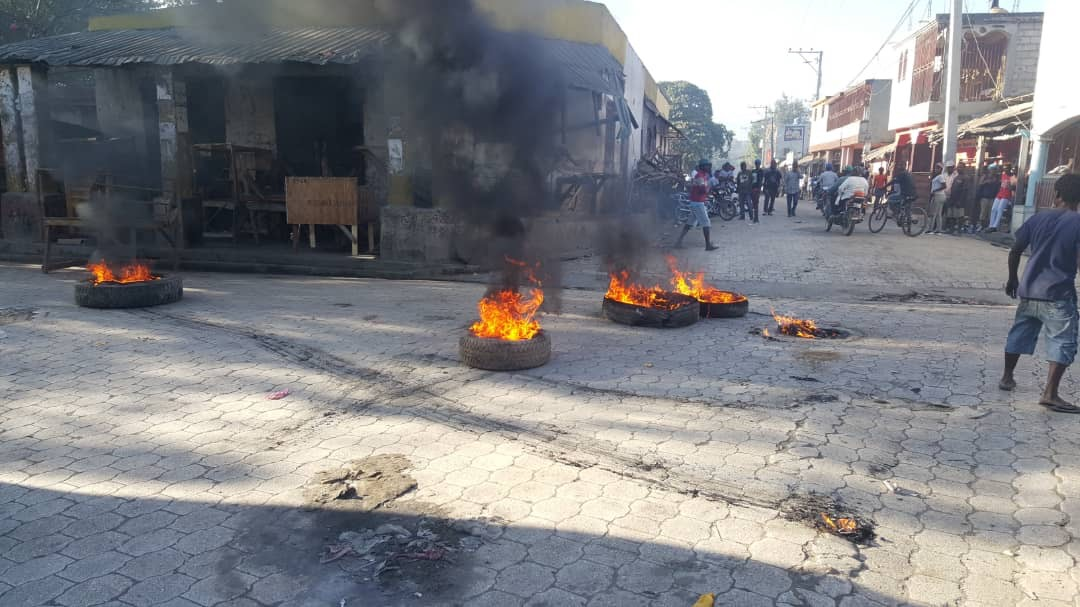Russia: The Shadow of Sanctions and Isolation

Russia’s place on the global travel map has shifted dramatically, and not for the better. The country’s ongoing conflict in Ukraine has resulted in a cascade of sanctions from Europe, North America, and beyond. Foreign arrivals have plummeted, with official data showing a sharp decrease in visitor numbers since 2022. In 2024, the government has hinted at imposing even stricter entry requirements for tourists, citing security concerns and escalating diplomatic tensions. Major airlines have cut routes, and many embassies have scaled back visa services. According to travel analyst Anna Petrov, “It has never been harder for foreigners to visit Russia in the past 30 years.” The once vibrant cities of Moscow and St. Petersburg now see more empty hotel rooms than ever, and the uncertainty is palpable for anyone still considering a trip.
North Korea: Fortress Borders and Unyielding Secrecy

Few places on Earth are as mysterious as North Korea, but in recent years, the country has become even more inaccessible. The pandemic gave the regime a reason to slam the door shut on all foreign visitors, with the last known tourist group leaving in early 2020. As of 2024, there’s no sign of reopening. Government officials insist that border closures are necessary for public health and national security, but experts suspect there are deeper motives at play—control and secrecy being chief among them. Even seasoned travel operators who once specialized in rare North Korean tours have suspended all operations indefinitely. “North Korea is a black hole for tourism now,” said one European tour operator. For adventurous travelers, the dream of seeing Pyongyang or the DMZ up close remains just that—a dream.
Venezuela: Crisis, Scarcity, and the Vanishing Welcome

Venezuela, once a magnet for eco-tourists and adventure seekers, has become nearly impossible to visit. The nation’s deepening economic crisis has led to critical shortages of food, fuel, and medicine, undermining even basic tourism services. The U.S. State Department and several European governments have issued strong warnings against travel due to crime, civil unrest, and a near-collapse of public infrastructure. In 2024, the number of international flights dwindled, and iconic sites like Angel Falls have seen their visitor numbers plummet. Many hotels and tour companies have shuttered, leaving the tourism industry in tatters. Locals who once depended on tourism for their livelihoods now struggle to get by, and travelers are simply staying away.
Afghanistan: Perpetual Instability and the End of Adventure

Afghanistan, a country rich in history and dramatic landscapes, is now off-limits for nearly everyone. Since the Taliban regained control, international organizations have labeled it one of the world’s most dangerous destinations. Ongoing violence, attacks, and humanitarian crises have made any kind of travel unthinkable. Embassies have closed or severely restricted services, and airlines avoid Afghan airspace. In 2024, no major tour operators offer trips, and foreign journalists rarely enter the country without military escort. Locals who once guided intrepid travelers through Bamiyan or the Wakhan Corridor now face an uncertain future. Until security drastically improves, Afghanistan remains a locked door for tourists.
Myanmar: Military Rule and the Collapse of Tourism

Myanmar’s promise as Southeast Asia’s next tourism hotspot has all but vanished since the military coup. Political unrest, violent crackdowns, and widespread protests have gripped the country. In 2024, many governments renewed their travel advisories, warning citizens to avoid all non-essential travel. The tourism infrastructure, which had only just started recovering from pandemic lows, has suffered another massive setback. Hotels, tour companies, and guides report a near-total collapse in bookings. As one Yangon hotel manager put it, “It feels like the world has forgotten about us.” With no sign of political resolution in sight, Myanmar’s borders are effectively closed to the world.
Iran: Diplomatic Tensions and Barriers to Entry

Iran’s rich cultural heritage and ancient cities once drew travelers from every continent, but these days, the welcome is wearing thin. International sanctions and strained diplomatic relations have led to new restrictions on visas and travel. Western governments have issued repeated warnings about the risks of arbitrary detention and regional instability. In 2024, reports surfaced of travelers facing increased scrutiny at border crossings and airports. “It’s just too risky,” said one European travel blogger who canceled her trip. The number of foreign visitors has dropped dramatically, and Iran’s tourism industry faces an uncertain path forward as long as diplomatic tensions persist.
Syria: War-Torn and Off-Limits

Syria’s ancient ruins and bustling souks are now stories for the history books rather than travel itineraries. Years of conflict have shattered the country’s tourism infrastructure, with widespread destruction in cities like Aleppo and Palmyra. In 2024, the U.S. State Department and other international agencies continue to rank Syria among the most dangerous places in the world. “Tourism is a memory here,” a Damascus resident recently lamented. The threat of violence and terrorism remains high, and humanitarian needs overshadow any prospect of leisure travel. Until peace returns, Syria remains completely off the tourist map.
Libya: Dangerous Divides and Shuttered Attractions

Libya was once famous for its Roman ruins and Mediterranean coastline, but today it’s a no-go zone for most travelers. Ongoing clashes between rival militias, frequent kidnappings, and a lack of central authority have turned the country into a patchwork of danger zones. International airlines have suspended flights, and embassies have closed or relocated. In 2024, travel advisories from multiple nations continue to urge citizens to stay away under any circumstances. The country’s iconic sites, from Leptis Magna to the Sahara desert, remain empty, and the future of Libyan tourism looks bleak without a dramatic turnaround in security and governance.
Haiti: Disaster After Disaster and an Uncertain Future

Haiti’s tourism industry has suffered blow after blow, from earthquakes and hurricanes to political upheaval and gang violence. In 2024, travel warnings from the U.S. and European governments remain at their highest levels, citing rampant insecurity and infrastructure failures. Even major hotels and resorts have closed, unable to guarantee guest safety. “We used to have hope,” said a local tour guide, “but now there are just too many dangers.” With roads often blocked and essential services disrupted, the dream of Haiti as a Caribbean getaway has faded for now. Until stability and recovery efforts take hold, the nation’s doors look likely to remain closed to tourists.








